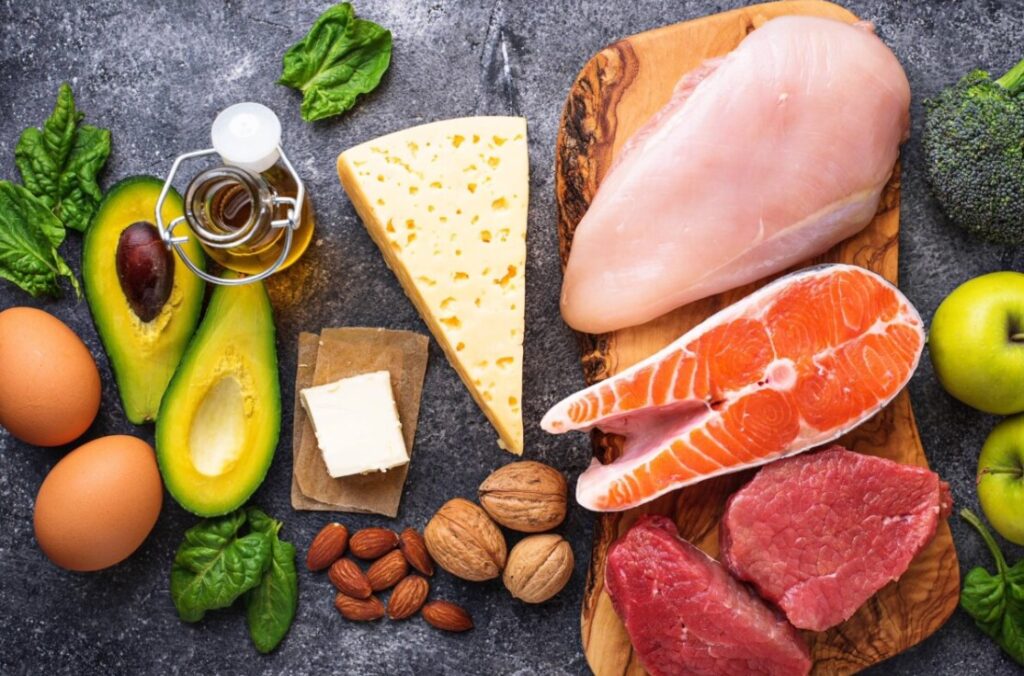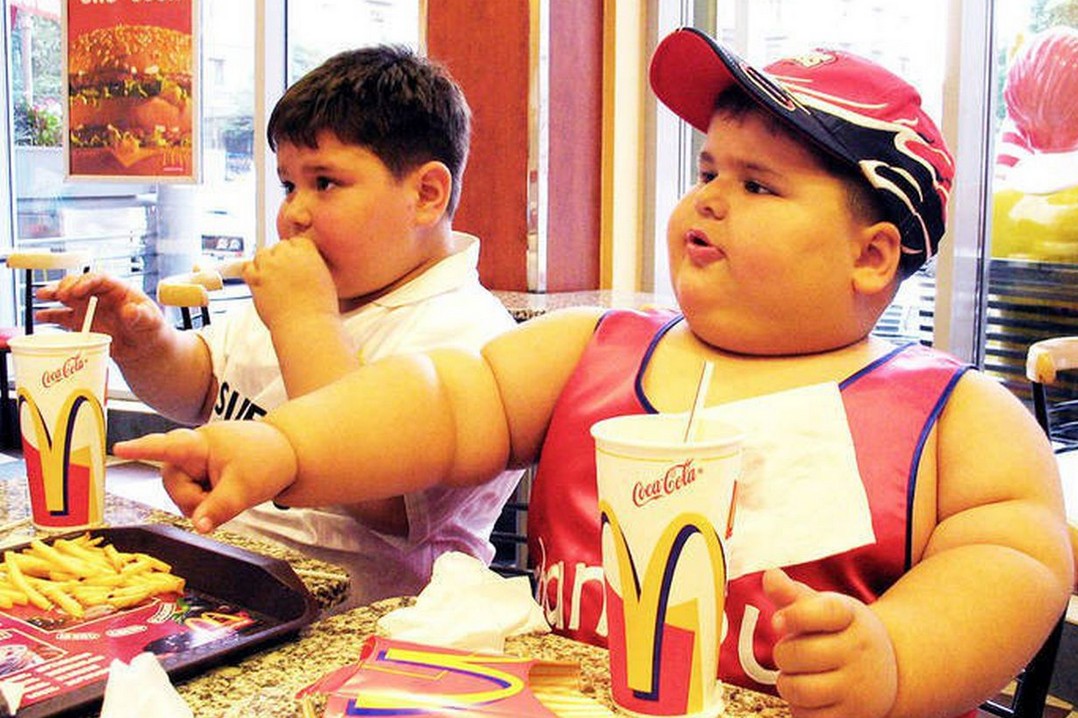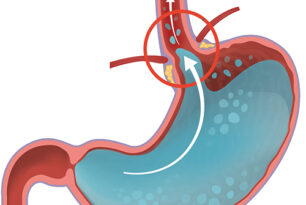It usually starts with a headline. A friend. A transformation photo. Maybe a quiet, personal nudge — a feeling of being tired, heavy, out of sync with your body. And then, like a whisper wrapped in bacon, you hear about it: keto.
A diet that doesn’t just allow fat, but celebrates it. That promises quick results, stable energy, mental clarity — all while asking you to part ways with bread, pasta, and that drawer full of crackers you keep telling yourself are “for guests.”
The ketogenic diet isn’t new. It began as a medical treatment for epilepsy nearly a century ago. But in the past decade, it’s been reborn as a high-fat, very-low-carb lifestyle embraced by celebrities, influencers, bodybuilders, and everyday people searching for a new way to feel better in their skin.
The premise is simple — at least on the surface. Cut carbs down to almost nothing. Eat more fats. Moderate protein. The goal? To shift your body into ketosis, a metabolic state where fat becomes your primary fuel source instead of glucose. It sounds technical, but the idea has a certain clarity to it. Eat this. Avoid that. Watch your macros. Burn fat.
For some, keto feels like magic. Weight drops quickly, cravings disappear, and energy levels hold steady through the day. It can feel empowering to see the scale shift and to eat foods that, for years, were labeled “bad”: butter, avocado, cheese, steak, eggs — all back on the plate.
But like any diet, keto has its complications.
The first few days can hit hard — what many call the keto flu. Headaches, fatigue, fogginess, irritability. Your body is adjusting to a fuel source it’s not used to running on. And even once you’re over that hump, the strictness can feel like a tightrope. One misstep — a banana, a slice of pizza, a birthday cupcake — and suddenly you’re “out of ketosis,” whatever that means for your body.
Eating out becomes an exercise in vigilance. Reading labels turns into a full-time job. Social events require planning — or explaining. It can feel isolating. And if you’re not careful, it can become just another set of food rules that fill your mind more than your body ever needed to be filled.
Then there’s the deeper question: Is it sustainable?
For some, yes. They thrive on the structure, the clear lines, the sense of control. For others, the rigidity becomes too much. The diet that once gave them a sense of power starts to take more than it gives.
And of course, keto is not one-size-fits-all. People with certain medical conditions or on specific medications need to approach it with caution. Others might experience side effects like digestive issues, nutrient deficiencies, or increased cholesterol. It’s not just about willpower — it’s about biology.
Still, there’s something to be said for what keto represents to many: a chance to start again. To reset. To feel better. To reclaim something that felt lost.
And maybe that’s the real story behind any diet — not the macros or the menus, but the human underneath, trying to figure out what it means to eat, to live, to feel well in a world that’s constantly shifting its answers.
If keto works for you, that’s okay. If it doesn’t, that’s okay too. What matters most is not the label on your lifestyle, but whether it allows you to live in your body with trust, nourishment, and a little more peace.




